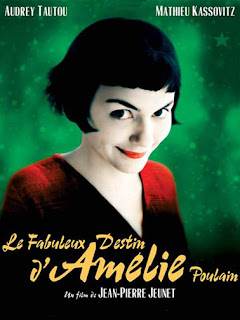
Movie: The Birth of a Nation
-1915, black and white, 190 min.
-Director: D.W. Griffith
-Actors: Lillian Gish, Mae Marsh
"The Civil War divides friends and destroys families, but that's nothing compared to the anarchy in the black-ruled South after the war. Two brothers, Phil and Ted Stoneman, visit their friends in Piedmont, South Carolina: the family Cameron. This friendship is affected by the Civil War, as the Stonemans and the Camerons must join up opposite armies. The consequences of the War in their lives are shown in connection to major historical events, like the development of the Civil War itself, Lincoln's assassination, and the birth of the Ku Klux Klan." (IMDB)
Q: What is the significance of the disclaimer at the beginning of this film?
A: The film's disclaimer basically emphasizes and promotes the Idea of the KKK-- for many years, D.W. Griffith's film has been, and still is very controversial. The fact that the director put in this disclaimer really shows the personal views of the filmmaker, and the P.O.V the film is made to be in. The racist outlook of the film director himself shows through the movie and strongly reignited the spiteful powers of the KKK
Q: How does makeup/costume play a role in this film?
A: The mise-en-scene was true to the time period despite the time frame it was shot in. The women wore very colonial outfits and the color of their skin was extremely white and bright. The black actors in the film were actually white men with extremely dark make-up and an emphasis on their lips. Griffith obviously did not cast any real black actors to contribute to the film and all of the extremities. However, every actor was dressed in the appropriate costuming to satisfy the time period of the civil war-- these costumes showed wealth, poverty, service to the country, etc.


